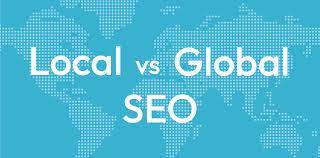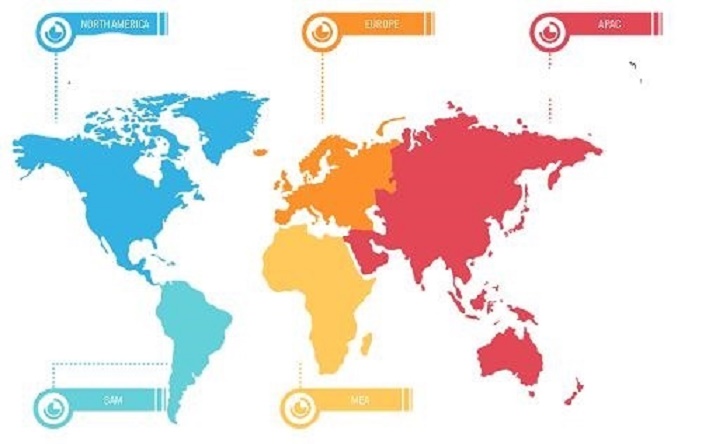Local SEO and International SEO are two distinct approaches to search engine optimization (SEO) that target different geographic audiences and have distinct strategies and goals. Here are the key differences between them:
-
Geographic Targeting:
- Local SEO: It focuses on optimizing a website to rank well in local search results, typically for a specific city, region, or area. The goal is to attract nearby customers who are searching for local products or services.
- International SEO: It aims to optimize a website for search engines and users from various countries or regions around the world. The primary goal is to reach a global audience and expand the business internationally.
-
Keyword Selection:
- Local SEO: Keywords used in local SEO often include location-specific terms, such as “best pizza in New York” or “plumber in London,” to capture local search intent.
- International SEO: Keywords for international SEO may involve translations and adaptations for multiple languages and can be broader in scope, addressing global queries rather than local ones.
-
Content and Language:
- Local SEO: Local SEO may involve creating content that is specifically tailored to the local audience, such as local event announcements, news, or information relevant to the area.
- International SEO: Content may need to be translated and localized for different regions, taking into account cultural differences, language preferences, and local customs.
-
Citations and Backlinks:
- Local SEO: Local SEO heavily relies on local citations (online mentions of a business’s name, address, and phone number) and backlinks from local websites to establish authority within a specific region.
- International SEO: International SEO may focus on obtaining backlinks from authoritative international websites or expanding the brand’s online presence in different countries.
-
Google My Business:
- Local SEO: Businesses with a physical location can optimize their Google My Business listing to appear in local map packs and improve visibility in local searches.
- International SEO: While businesses with multiple international locations can use Google My Business, the emphasis is on managing multiple listings for different countries or regions.
-
Technical Considerations:
- Local SEO: Technical optimizations may include local schema markup, ensuring consistent NAP (Name, Address, Phone) information, and optimizing for mobile search.
- International SEO: Technical aspects often involve hreflang tags to specify language and regional targeting, as well as content delivery methods suitable for a global audience.
-
Goals and Metrics:
- Local SEO: Success in local SEO is measured by factors like local rankings, local traffic, customer reviews, and physical visits to a brick-and-mortar location.
- International SEO: Success in international SEO is measured by metrics like global rankings, international traffic, and the ability to penetrate new markets.
In summary, the main difference between Local SEO and International SEO lies in their geographic focus, keyword strategies, content localization, and the use of citations and backlinks. Local SEO targets a specific local area, while International SEO aims to reach a global audience by optimizing for different countries and languages.





